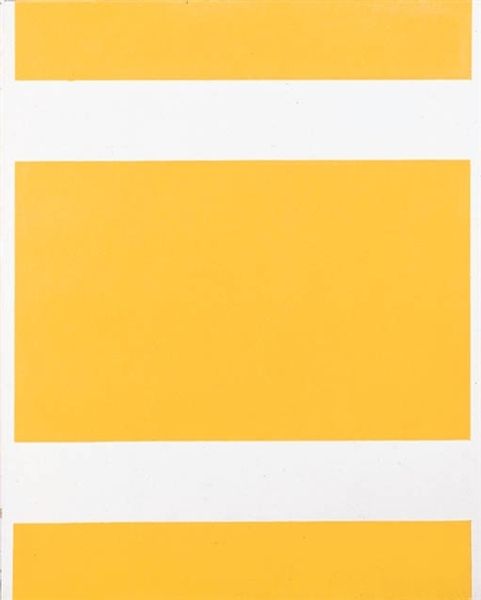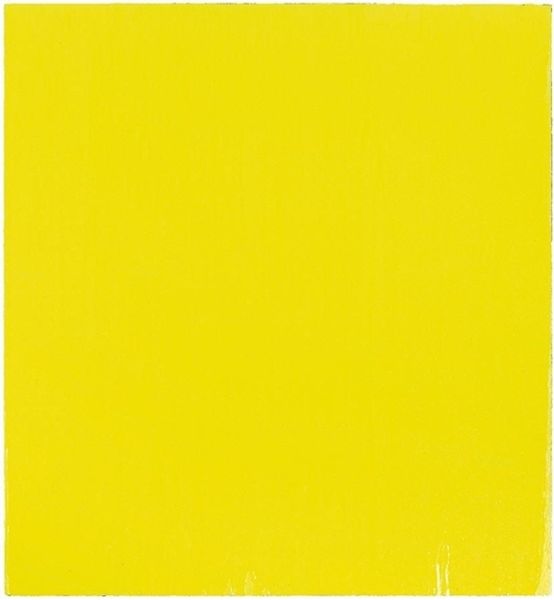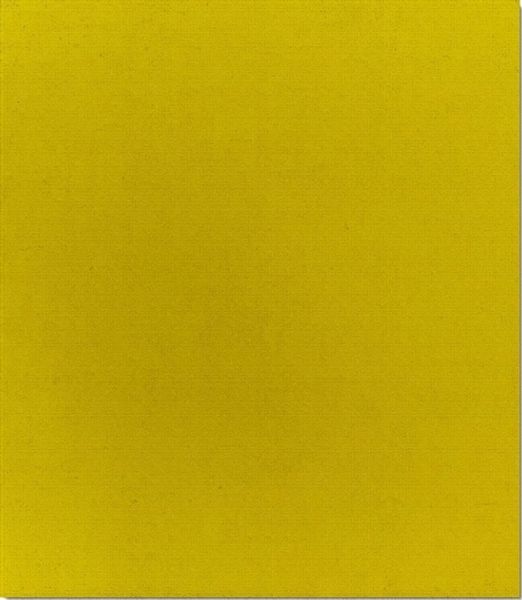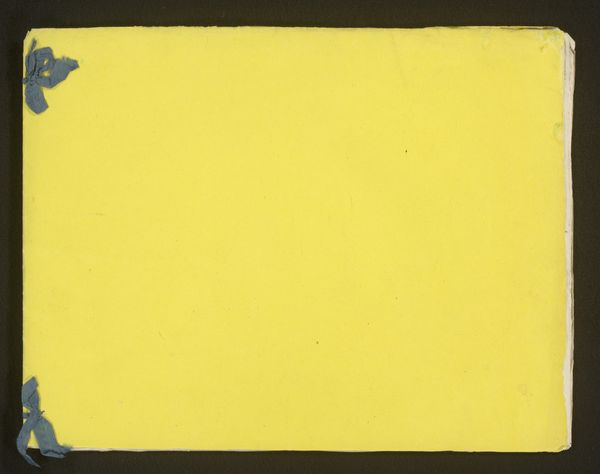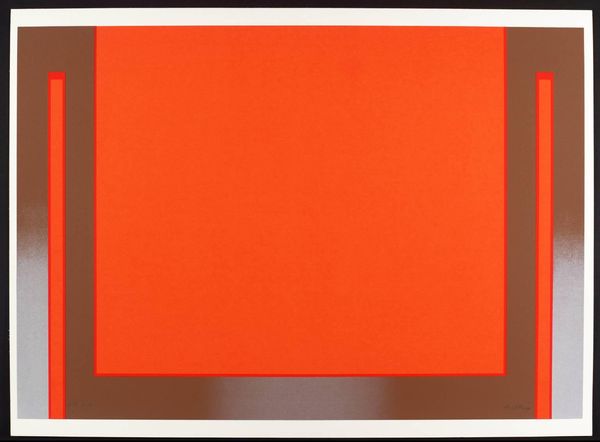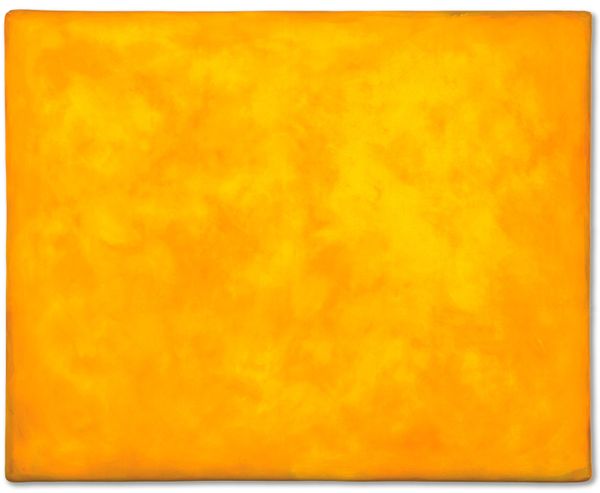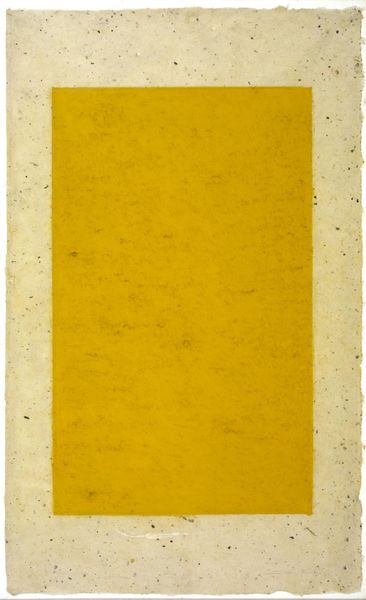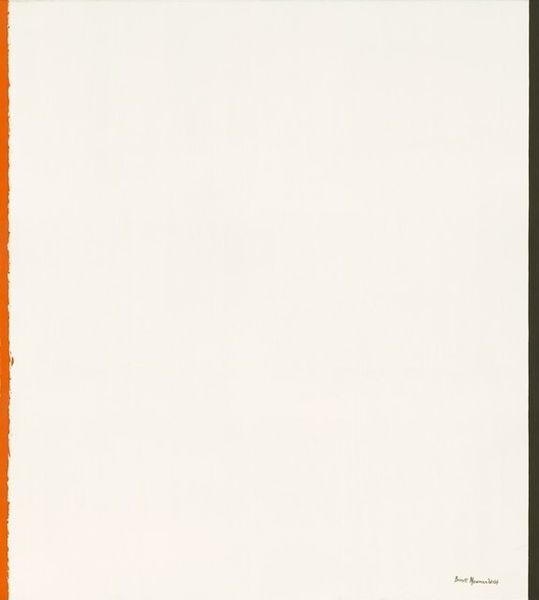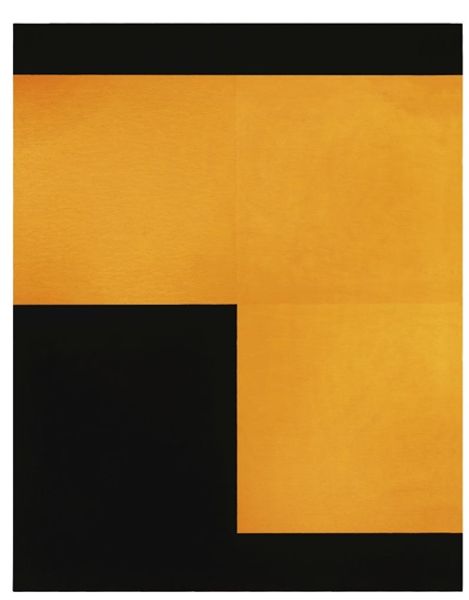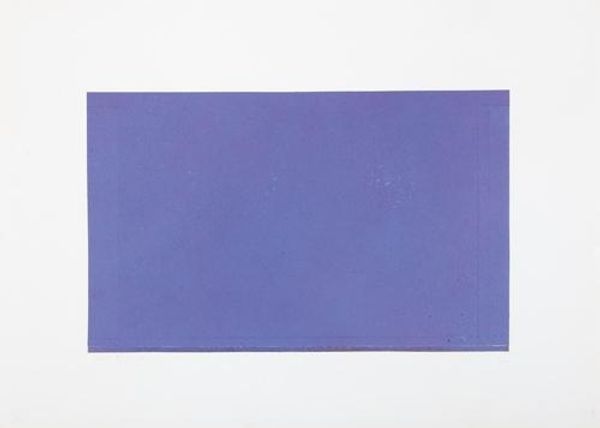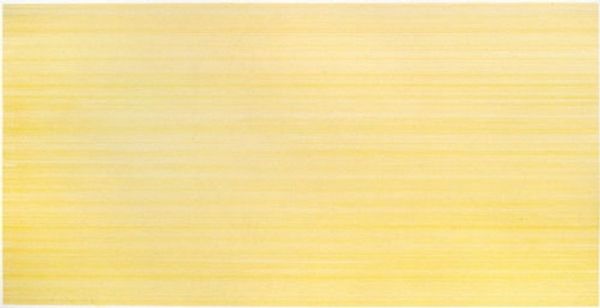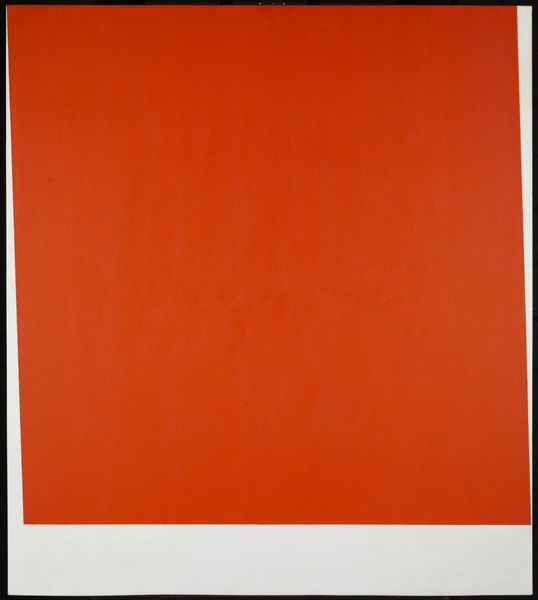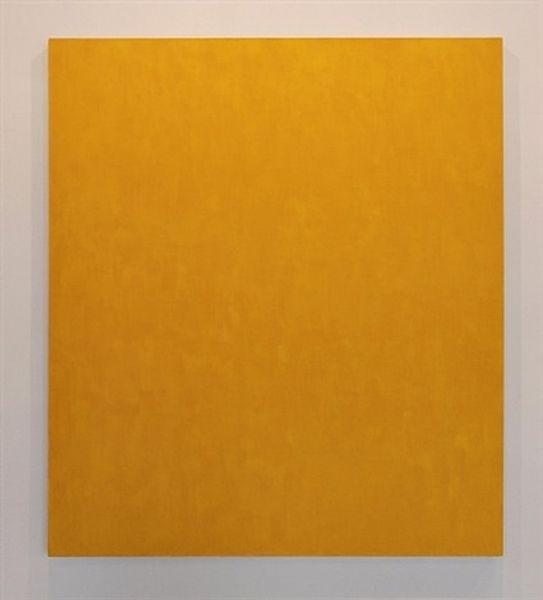
painting, acrylic-paint
#
abstract-expressionism
#
painting
#
colour-field-painting
#
acrylic-paint
#
geometric-abstraction
#
abstraction
#
monochrome
Copyright: (c) Ellsworth Kelly, all rights reserved
Editor: This is Ellsworth Kelly's "Yellow," painted in 1951, from his "Line Form Color" series. It’s an acrylic painting - seemingly just a square of solid yellow. It feels surprisingly bold and immediate for something so simple. What do you see in this piece, beyond just…yellowness? Curator: This 'yellowness', as you put it, invites us to unpack the socio-political landscape of post-war abstraction. Consider the historical context: the Cold War era, a time of intense ideological polarization. Artists like Kelly were turning away from figurative representation towards pure abstraction. It can be seen as an escape, but also as a silent rebellion against prescribed narratives and enforced conformity. Editor: Rebellion? Against what, exactly? It just seems like… colour. Curator: But colour is never *just* colour. Think about Yves Klein and his signature blue, or Rothko's emotional colour fields. Here, Kelly’s monochrome challenges the traditional art establishment which expected narrative and explicit meaning. How does this insistence on pure form, devoid of obvious content, speak to ideas around minimalism and institutional critique? Editor: So it’s almost like he's saying something by saying nothing at all? Using the canvas as a space to question, rather than declare? Curator: Precisely. This yellow, this ostensibly 'simple' yellow, becomes a focal point for questioning artistic conventions and reflecting the complex sociopolitical dynamics of its time. Where do you see this artwork fitting into our world today? Editor: It makes me consider how we consume images so passively now. Maybe stopping and actually *seeing* the yellow is a radical act in itself. Curator: Indeed. Hopefully, by examining the intersection of form and context, we've started a richer dialogue about art’s role in challenging social and political norms.
Comments
No comments
Be the first to comment and join the conversation on the ultimate creative platform.
